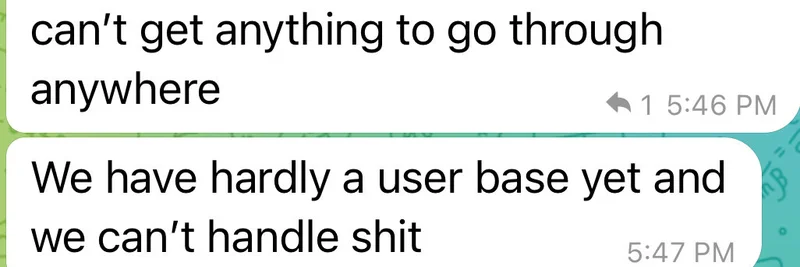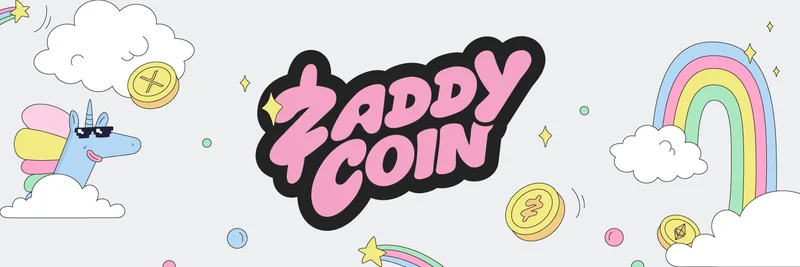If you're trading meme tokens or diving into the wild world of decentralized finance (DeFi), you've probably felt the sting of network congestion at some point. Ethereum, the granddaddy of smart contract platforms, has been around for a decade, but it still trips up during big market moves. That's the gist of a recent tweet from Kyle Samani, Managing Partner at Multicoin Capital, who didn't hold back in calling out Ethereum's Layer 1 shortcomings.
Samani's tweet, posted on October 10, 2025, simply stated: "10 year old blockchain still doesn’t work." It was a quote tweet responding to Mike Dudas, co-founder of The Block and investor at 6th Man Ventures, who shared: "Ethereum layer 1 doesn’t work. One of my power trader and user groups posts below. I’m allowed to say it out loud now."
Dudas included screenshots from a private chat group where traders vented their frustrations during what appears to be a high-stress market event—likely tied to recent volatility that saw massive liquidations across DeFi protocols.
In the first screenshot, a user laments: "The unfortunate truth in times like this the blockchain doesn't fucking work. I can't get anything to go through anywhere." Followed by: "We have hardly a user base yet and we can't handle shit," and "It's a fucking embarrassment." These messages capture the raw annoyance of users facing delayed or failed transactions when they need speed the most.
The second image drives the point home: "I have pending txns from about 3 minutes post tweet. None of my eth txns have completed. DId get all sol and pump into usdc immediately." Here, the trader contrasts Ethereum's sluggishness with Solana's reliability, where they could quickly move funds to stablecoins like USDC during the chaos.
The Context: Aave's Massive Stress Test
This criticism didn't come out of nowhere. Earlier that day, Stani Kulechov, founder of Aave, tweeted about the protocol handling its largest stress test ever. Aave, a leading DeFi lending platform built on Ethereum, automatically liquidated a record $180 million in collateral in just one hour without any hitches or human intervention. While that's a win for Aave's design, it highlights the broader network strain— surging gas fees and transaction backlogs that make Ethereum feel unusable for everyday users during peaks.
For those new to the lingo, "Layer 1" refers to the base blockchain itself, like Ethereum's main network, where all transactions are settled. Unlike Layer 2 solutions (think Arbitrum or Optimism), which batch transactions to ease the load, Layer 1 bears the brunt during global events. And in crypto, where markets never sleep, these bottlenecks can mean missed opportunities or outright losses.
Implications for Meme Token Traders
At Meme Insider, we're all about meme tokens—the fun, volatile side of crypto where projects like Dogecoin or newer Ethereum-based gems thrive. But Ethereum's issues hit meme traders hard. Imagine spotting a hot new meme token pumping, only to have your buy order stuck in limbo because gas fees skyrocket to $100+ per transaction, or worse, it fails entirely.
This is why many in the community, including Samani (whose firm has big bets on Solana), point to alternatives. Solana, often praised for its high throughput and low fees, handled similar stress without breaking a sweat, as noted in the screenshots. Meme tokens on Solana, like those pumped on platforms such as Pump.fun, have gained traction precisely because of this reliability.
That said, Ethereum isn't going anywhere. With ongoing upgrades like the Dencun update and future scaling plans, it's evolving. But tweets like Samani's remind us that for blockchain to go mainstream—especially for fast-paced meme trading—the tech needs to keep up.
Community Reactions
The tweet sparked a mix of agreements and pushbacks. Some users, like Scotty (@Scotty_Knows401), echoed the sentiment: "I bet the Ethereum fees were over $100 per transaction during that crash. Solana had no issues at all." Others defended Ethereum, pointing out that protocols like Aave performed as designed. One reply even took a jab at Samani's fund performance, showing the tribal nature of crypto debates.
In the end, these discussions fuel innovation. Whether you're team Ethereum or exploring Solana memes, staying informed helps you navigate the ups and downs.
For more on how network performance affects meme token strategies, check out our knowledge base at meme-insider.com. What's your take—has Ethereum let you down during a trade? Drop a comment below!



